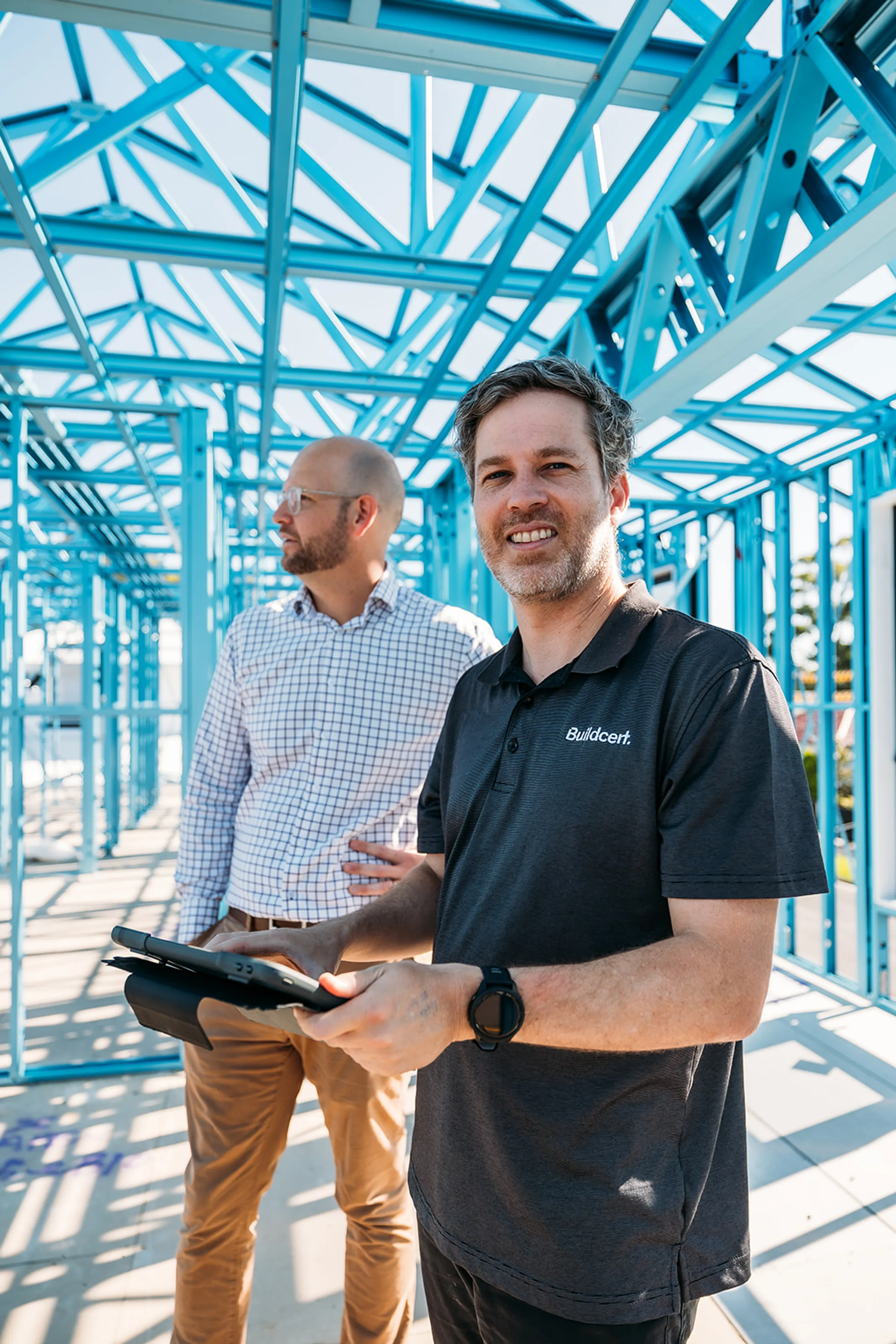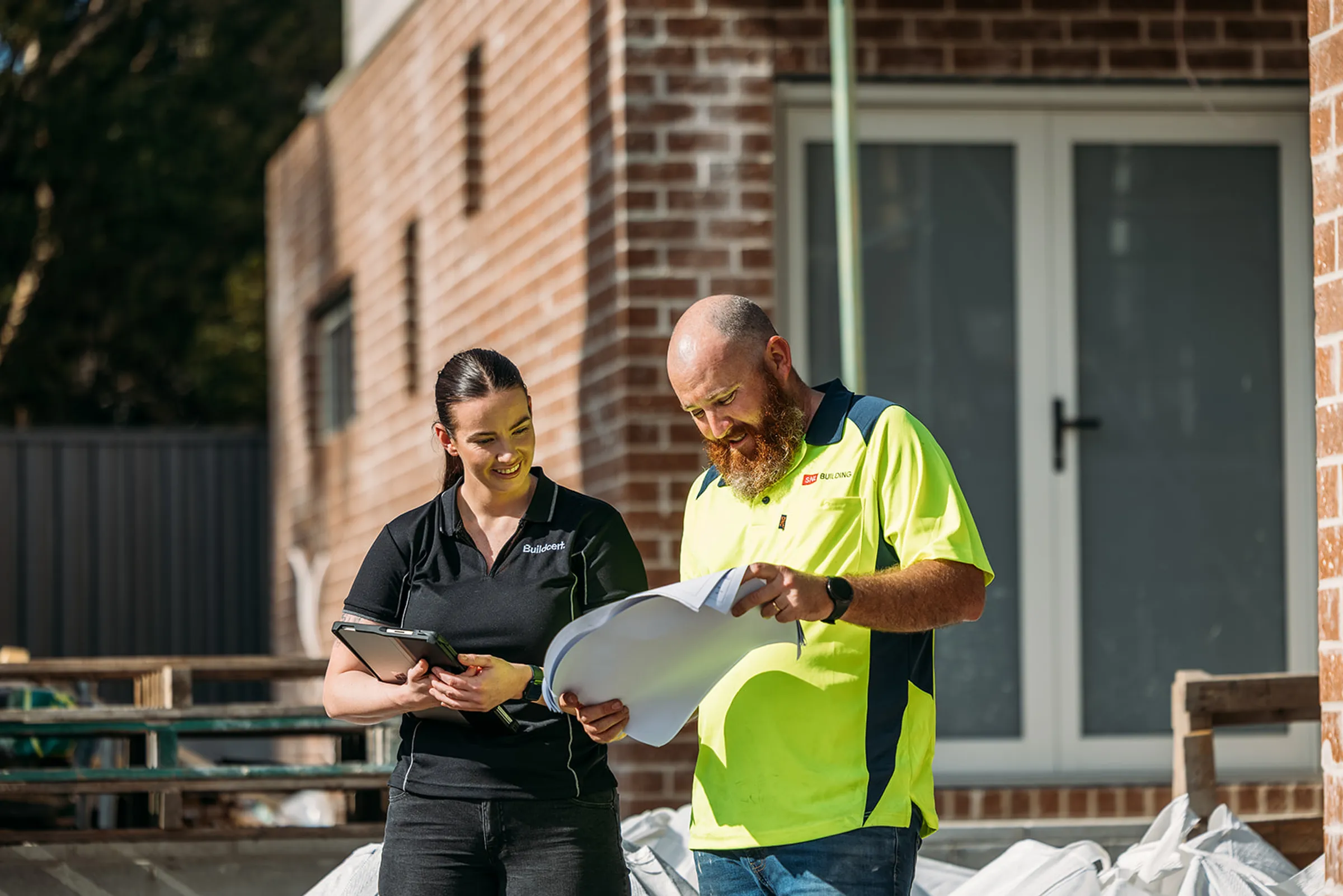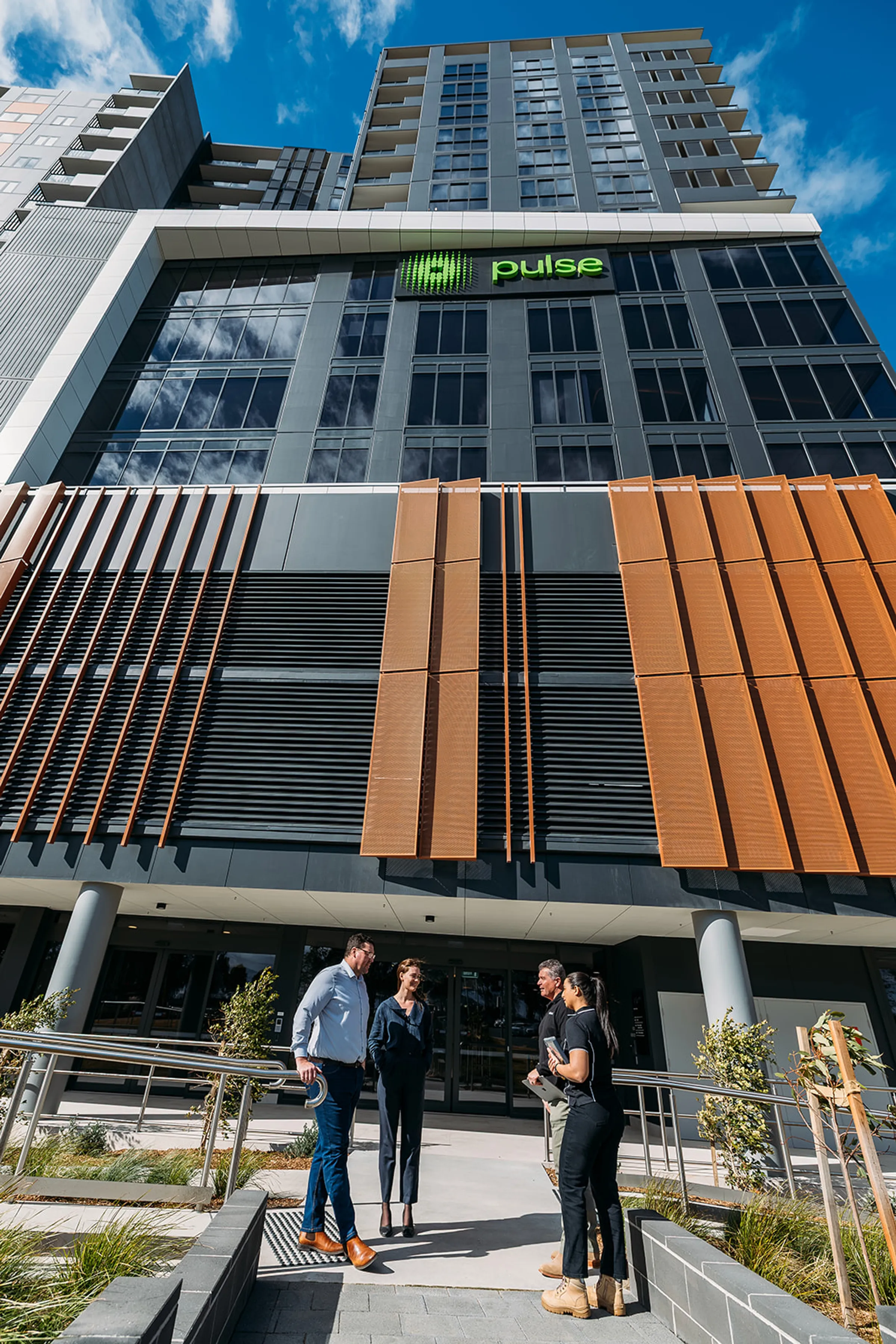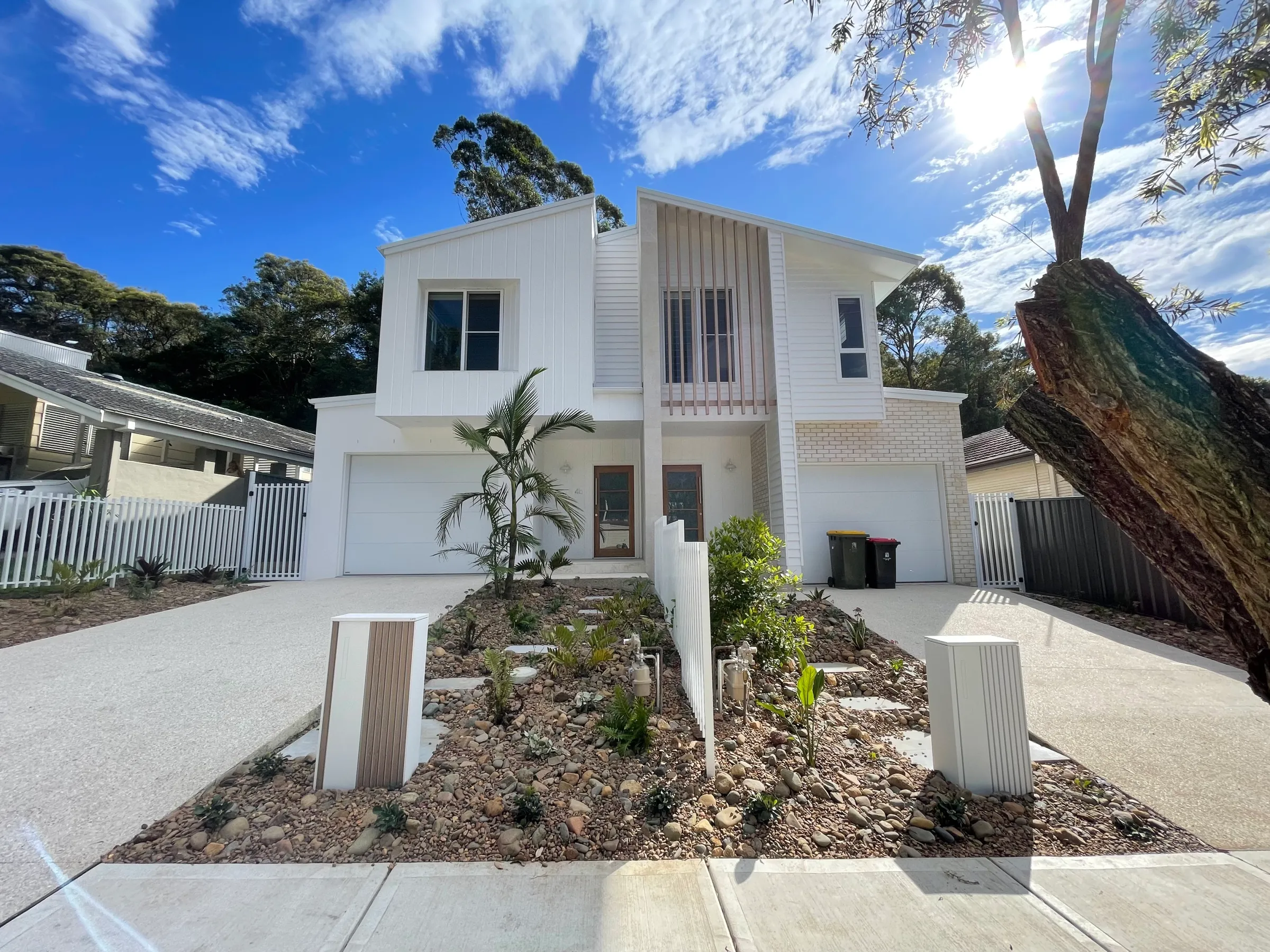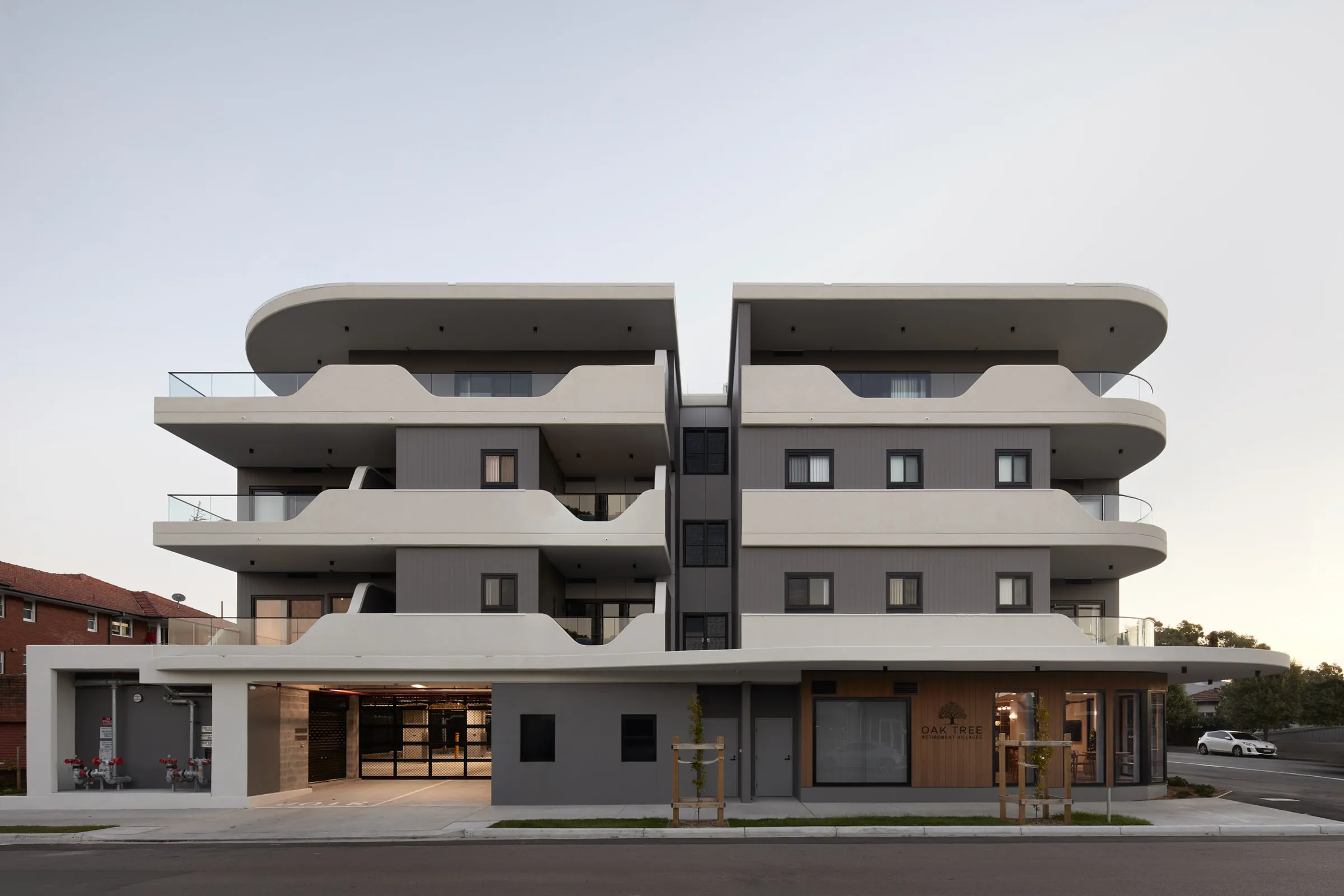The process depends on your project, but here’s the big picture:
You’ll either need a Development Application (DA) followed by a Construction Certificate (CC), or, if your project meets specific criteria, you may be eligible for a faster approval via a Complying Development Certificate (CDC). We’ll help you figure out the right path based on your plans, site, and local planning rules.
Once the approval is in place and the project is underway the Principal Certifier (PC) (that’s us) will undertake mandatory inspections during key stages of construction. These checks are required by law and help make sure your build stays compliant, safe, and on track.
When the work’s complete and everything’s been signed off, we will issue the Occupation Certificate (OC); the final tick that confirms the building is safe, compliant, and ready to use.



